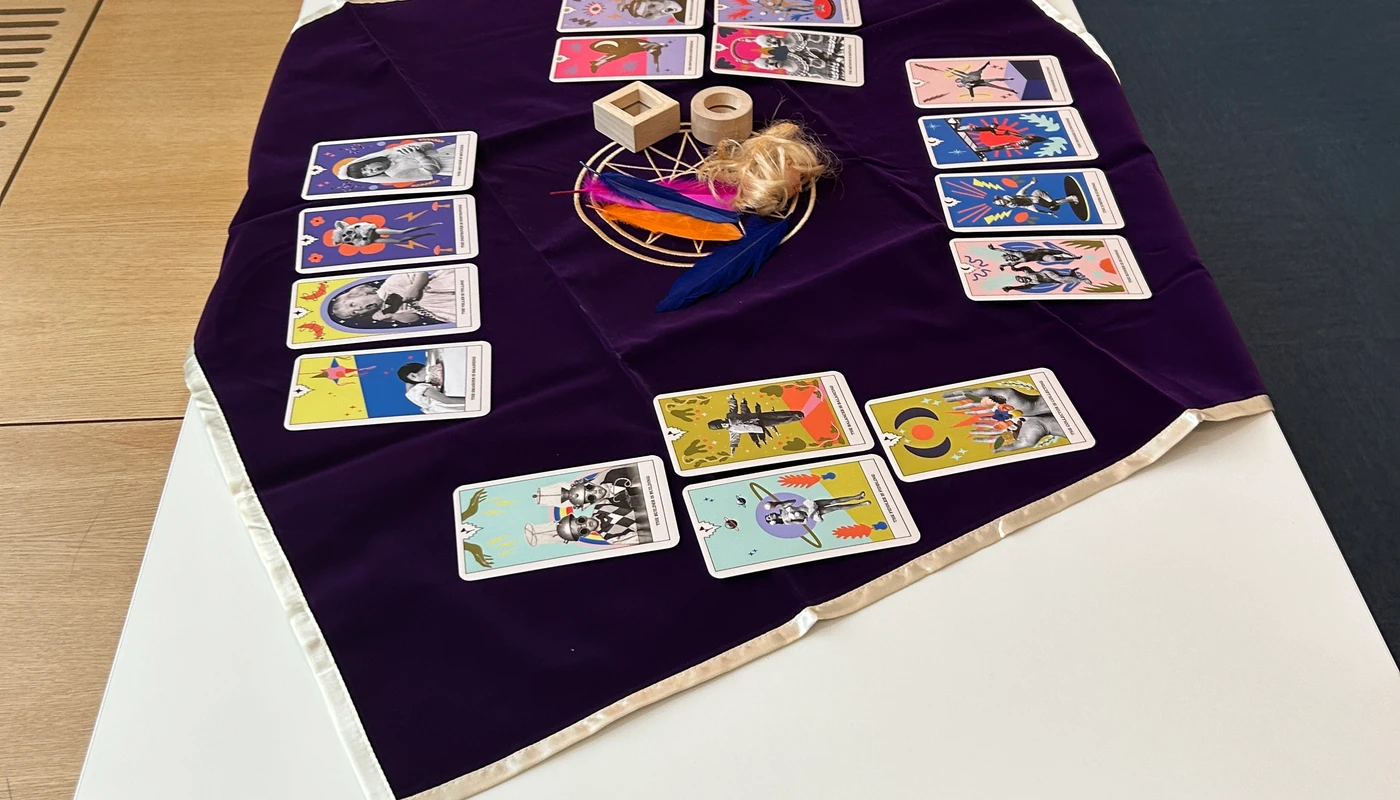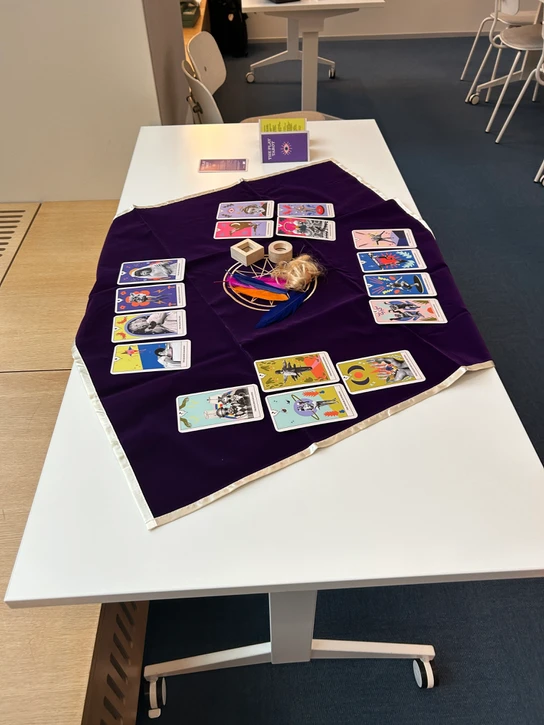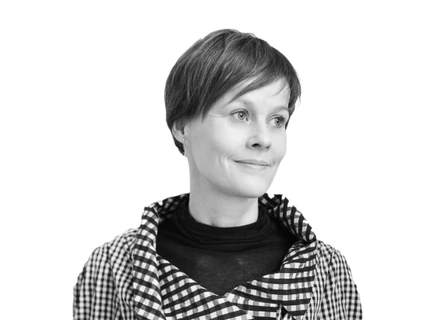
Playful Learning Forskning
- Participants from Kolding School of Design
-
Professor Helle Marie Skovbjerg
Lektor Sune Gudiksen
Ph.d.-studerende Sisse Oreskov
Ph.d.-studerende Lotte Agnes Lausen
Ph.d.-studerende Mikke Vinding
Ph.d.-studerende Martha Largoni
Ph.d.-studerende Lise Sønnichsen
- Research and development project type
- Research and development
- Project period
- 2019 - 2024
- Project management
Professor Helle Marie Skovbjerg
- LAB
- LAB for Play Design
- Collaboration partners
- Aarhus Universitet (AU) / Aarhus University
University College Lillebælt
VIA University College
UC Nord
UC Syd
Københavs Professsionshøjskole, Absalon
Aalborg Universitet
Om projektet
Nyere forskning viser, at legende tilgange til det undervisning kan være en måde at ruste lære- og pædagogstuderende i derse fremtidige position. I tæt samarbejde med Playful Learning Udvikling igangsætter Playful Learning Forskning en række designeksperimenter, der skal udforske og undersøge, hvordan vi kan designe diaktiske designs med legekvaliteter.

Ubytte fra projektet
Based on empirical data between 2020-2024 we now know:
- that playful approaches provoke cultural expectations and presumptions about educational practices
- that time, participation, performance, and the body have crucial impact on how and to what extent playful approaches to learning is possible.
- that the presumptions from the professionals about play and playful approaches, both theoretically and empirically, will influence how it is possible to take action pedagogically.
- that playful approaches to learning push the expectations of specific learning practices and modalities for learning, both from students and teachers, being related to specific subject matters and expectations of ways of knowing.
- that a constructive meeting between subject matter and playful approaches is conditioned by distinctive conceptualisations of playfulness.
- that a constructive meeting between subject matter and playful approaches is conditioned by interests in and care for playfulness as an empirical phenomenon.
- that empirical care for playfulness and distinctive conceptualisations will lead to a broader spectrum of play qualities.
- that a constructive meeting between subject matter and playful approaches is conditioned by applying a broad spectrum of play qualities.
- that PlayLab is open-ended and multifunctional, and it challenges subject-oriented didactics.
- that PlayLab can be understood ambiguously because the material design of easy access that foregrounds non-specialized artifacts meaning that you do not know what to do with it, and several of the materials stem from other contexts.
- that PlayLab consists of weakly scripted materials in an educational context.
- that PlayLab materials are perceived as a span between something childish and something that enhances learning processes in higher education. That span makes it difficult for teachers and students to use the space.
- that the body in its immediate communication, collaboration and belonging together is of crucial important.
- that cocreation and creative processes as a core way of being together is conditioned by balancing individual and collective ownership.
- that playful approaches are conditioned by skills and time for practicing those skills.
- that playful approaches are conditioned by patients both by teachers and students.
- that art-based approaches to teaching can offer playful learning non-discursive language to construct meaning through as well as tools, techniques, and materials to play with, but can also hinder playful learning in the sense that art-based approaches are more focused on the end-product than the play-based approaches.
Based on empirical data from 2018-2024 we know:
- that design-based research approaches for implementation and realisation are of crucial importance for impact.
- that design-based research approaches value iteration, materialisation, and evaluation in close collaboration with the participants, and that is of crucial importance for succeeding in implementation and realisation and having the impact hoped for.
Based on the latest approved project description and Monitoring, Evaluation and Learning plan, what is the progress towards desired outcomes?
Based on the research questions these are the following results.
Based on longitudual survey data from teachers we now know:
- teachers are experiencing motivation when experimenting with playful approaches in their teaching.
- based on the teacher surveys, 55% use playful approaches in their teaching
- based on the teacher survey, 44% use playlabs in their teaching
- based on the teacher survey, 13% have supervised students in their assignments
- based on the teacher survey, 56% have participated in local playful learning workshops.
- that there is a connection between being engaged in playful learning activities, and the use of playful learning.
- that there is a connection between being engaged in playful learning activities and how much the teachers value playful learning in their teaching
Based on survey data from 2300 pre-service teachers and pre-service early childhood education (ECEC) professionals we find that:
- Almost all students have experienced teaching at the teacher and ECEC college that incorporates playful learning element, but for the majority of students only in a few lessons.
- Most students are very positive towards teaching at the teacher and ECEC college that incorporates playful learning element and believe that such teaching is motivating, helps them understand the curriculum, strengthen their social community and that it will prepare them for their future professional life.
- With a score of 60 on a scale from 0 (not at all likely) to 100 (most definitely) students at the teacher and ECEC college are quite certain that they will incorporate playful learning in their future professional life as teachers and ECEC professionals.
Based on longitudinal survey data and how students develop during their first year at the teacher and ECEC college, we find that:
- Teacher and ECEC students that experiences more and more playful learning elements at the teaching at the teacher and ECEC college grow to appreciate playful learning more and more in the teaching at the college. Contrary, students that experiences fewer and fewer playful learning elements appreciate playful learning less and less.
- If students experience more and more of a traditional teacher centered teaching approach, that we label “instructivist teaching”, they grow to appreciate instructivist teaching more and more. However, at the same time, these students grow to appreciate playful learning more and more.
- A change in experienced playful learning at the teacher and ECEC college does not change the overall likelihood that students will incorporate playful learning elements into their future practice. However, our analysis does indicate that students tend to be slightly more positive towards being more creative and experimental in their future practice. Being creative and experimental is a subdimension of how we conceptualize playful learning.
- If students experience more instructivist teaching, the likelihood of themselves using an instructivist approach in their future job will decline.
- Finally, we looked at different groups of students, and here we found that the effect of experiencing a playful learning teaching at the teacher and ECEC college on the students’ appreciation of playful leaning is largest for students with a high grade point average and for students whose parents are low educated. Based on extensive
